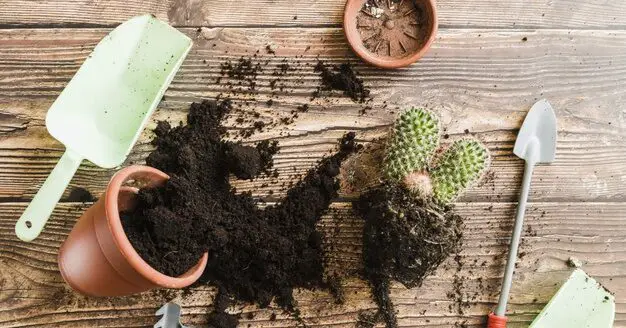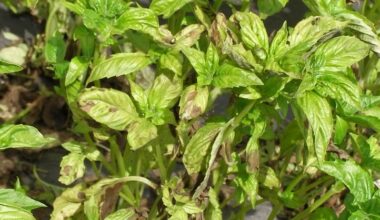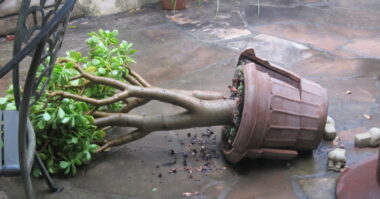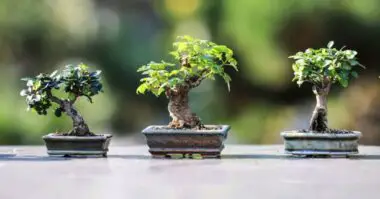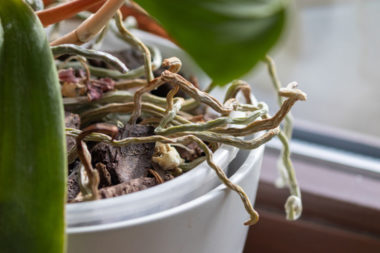Whether by wind or the loosening of the soil, tall pots tend to tip over. Several solutions come to solve this problem, positioning your pot right from the beginning is important, but it is also possible to add stones to the bottom of your pot, add a 2nd pot, smaller, in your initial pot.
All this means less work, in terms of cleaning and collection, but also less damage to your plant!
Contents
How to weigh down an artificial plant?
Weigh down an artificial plant, for indoor or outdoor use?
It is legitimate to ask this question since depending on the exhibition site chosen for the artificial plant, the solution chosen will be different. Knowing that the delivery pot is already ballasted, it will be necessary to pay attention to the overload to keep the advantage to the artificial plant to be able to be easily transported.
Indeed, one of the assets of these indoor or outdoor decorative plants is to be able to move them according to the seasons and decorative desires. It is thus a question of finding a balance between: repotting, aesthetics and transport.
Weigh down an artificial plant on a terrace or balcony
Choose a slightly larger pot holder and weight it down by adding sand or pebbles, for example. You can then cover the surface of the pot using decorative elements such as pozzolan, clay balls or even earth for a natural effect.
Indoors
Artificial plants do not need to be ballasted any more because they come with a ballasted pot cover.
Lester an artificial tree placed in a garden
If you opt for the garden just proceed as for any other plant. Dig a hole the size of your pot and cover it with soil.
Caution
Cementing can be a good solution especially for cafés, hotels and restaurants that wish to protect their exterior decoration against theft. Be aware, however, that your fake plant will be much more difficult to move!
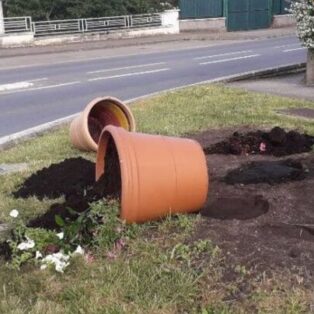
Counterbalance
For subjects with drooping branches, such as weeping beech or soft-branched Japanese maple, only a large pot can show them off properly. In this case, the best stabilizing solution is to play with the total weight of the pot, looking for the balance of the masses.
Place heavy pebbles on the opposite side of the falling branches to counterbalance the weight. Also, these should be positioned facing the prevailing winds and not with their backs to the wind. If you are a handyman, you can also make retaining hooks using a flat iron (10 mm wide and 4 mm thick) that you fold so that it can be screwed directly to the ground and effectively secure the pot once it is in place.
The trick of placing stones at the bottom of the pot before planting the subject is not advisable: it reduces the volume of soil that the plant can exploit, which is the same as growing it in a smaller pot. On the other hand, it does not change the imbalance related to the shape of the branches.
Starting off on a good footing
Even if the retro-look pots are a little more stable than the contemporary ones, they are also more fragile. And they all end up tipping over when placed directly on the ground, not to mention the fact that they will be a little less attractive when placed on the ground. So the idea is to create a solid support for them, both to stabilize them and to make them gain a little height.
Provide a base such as a large flat stone or a cement base poured on site. The base should be 20 cm wider than the plumb line of the pot. Also remember to have a height of at least 5 to 10 cm. Voles and moles love to make galleries under pots and stones, destabilizing them over time.
Only a massive base can avoid this problem. In winter, slide small wedges of 5 mm thick under the pot so that the water drains off perfectly.
The trap to avoid
Concreting or cementing the foot can be a solution but one must be careful about the weight of the whole. A 5 liter plastic pot filled with cement weighs more than 10 kg! Restaurants and hotels may find it worthwhile to protect themselves against theft of their exterior decoration displayed on the sidewalk, but cementing should be avoided because of the weight and the impossibility of changing the pot or container afterwards.
Moreover, this operation is a delicate, dirty and corrosive manipulation that can damage your plant. It is imperative that you clean the leaves one by one. The preparation is long and tedious and you will have to maintain the verticality of the plant during the time of drying. Finally, be aware that an artificial plant that has received additional cement at the base presents the risk of being damaged during its subsequent transport.
Summary
Several solutions are therefore available to you, the final goal is that the pot does not overturn any more, and therefore you avoid extra work, and less damage to your plant.
- You can fill the bottom of your initial jar with pebbles before filling it with soil, this allows you to ballast it, without preventing the flow of water.
- It is also possible to place a small pot in a larger one and fill the area between the two containers with pebbles or stones.
- Finally, you can place the pots against a fence, bridge rail or other structure that can help keep them upright in strong winds. Placing them next to a windbreak, such as against a solid fence or along a wall will also help. Pots are less likely to tip over if you place them in a corner or if you bundle them together.
